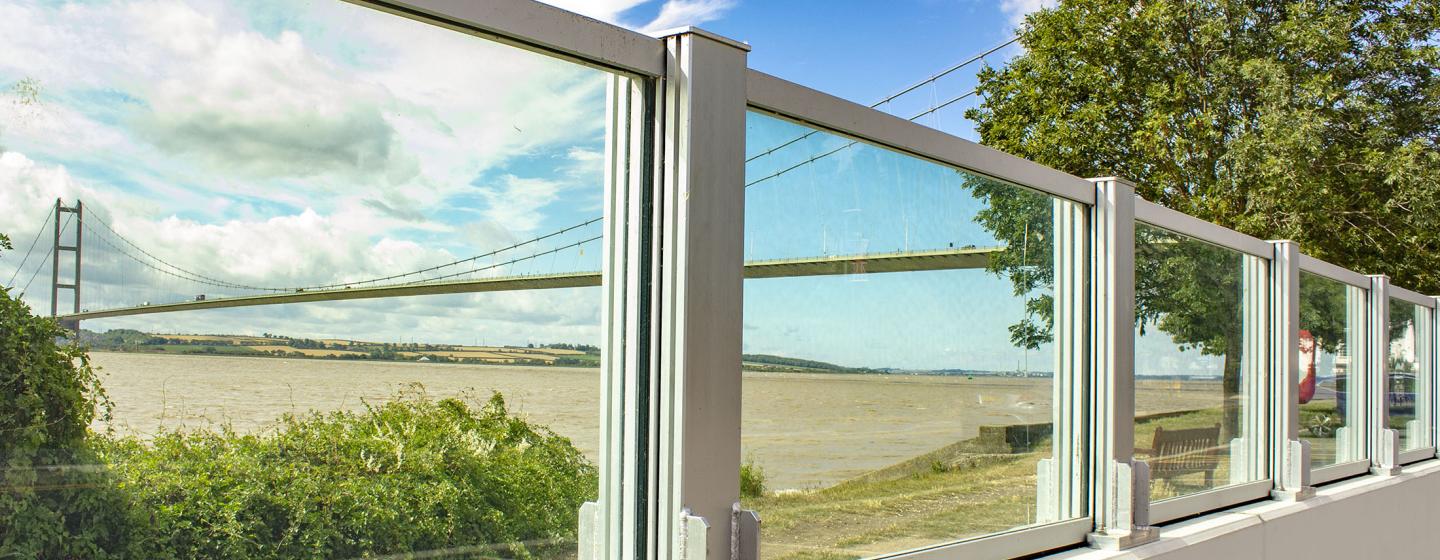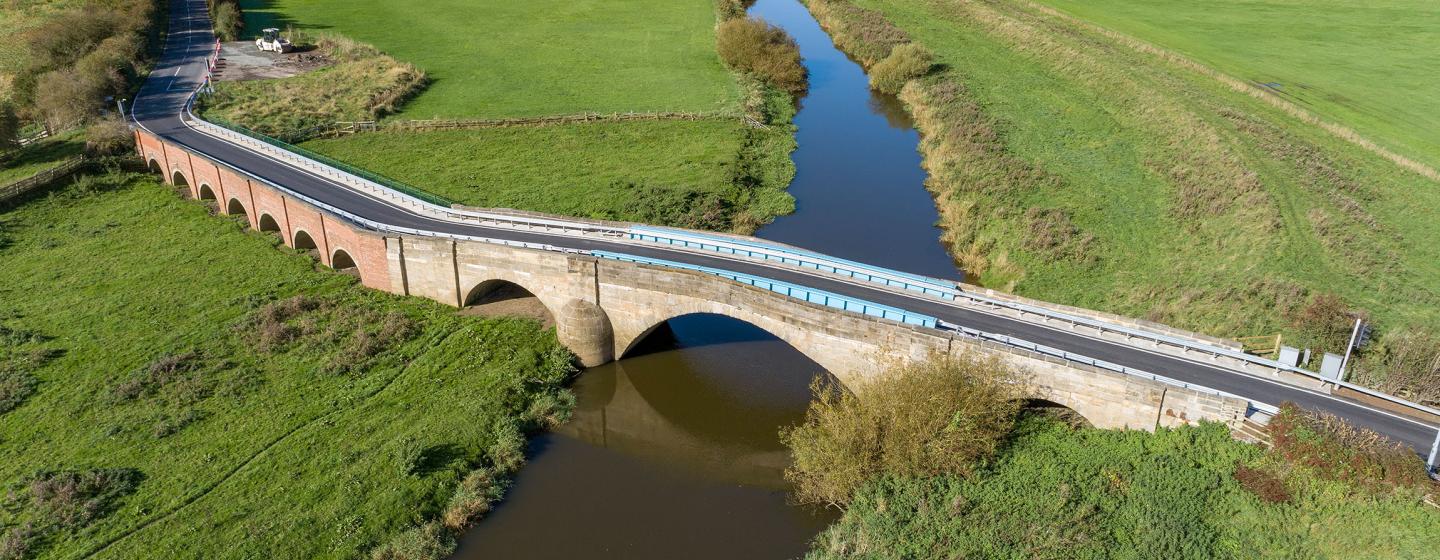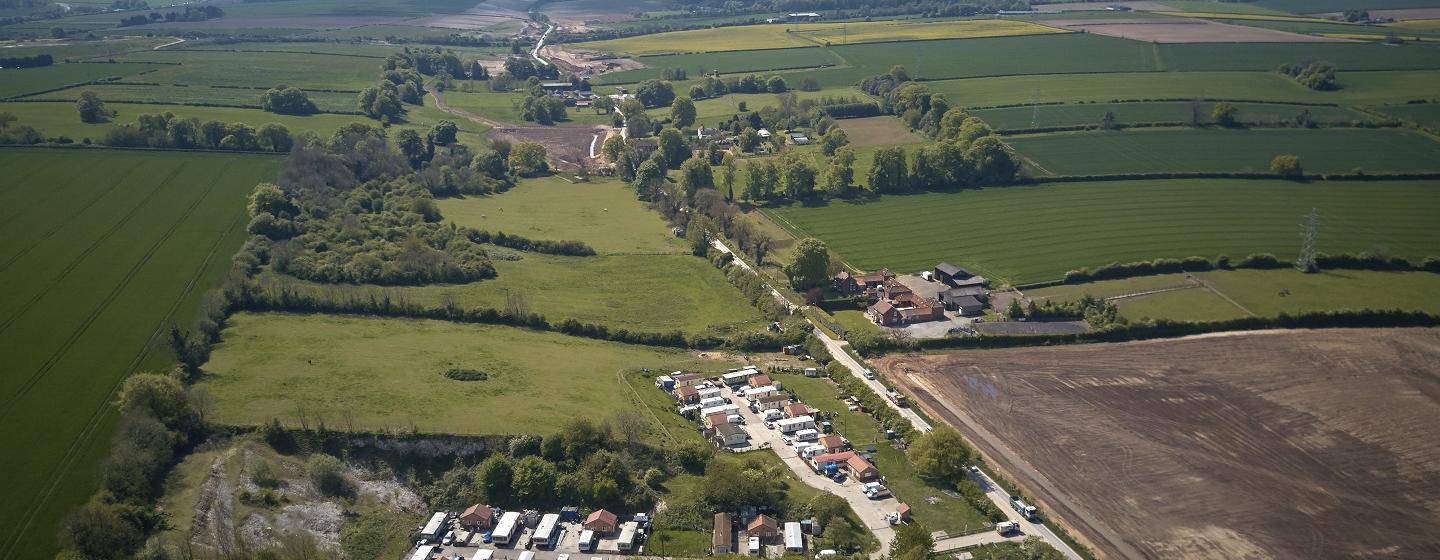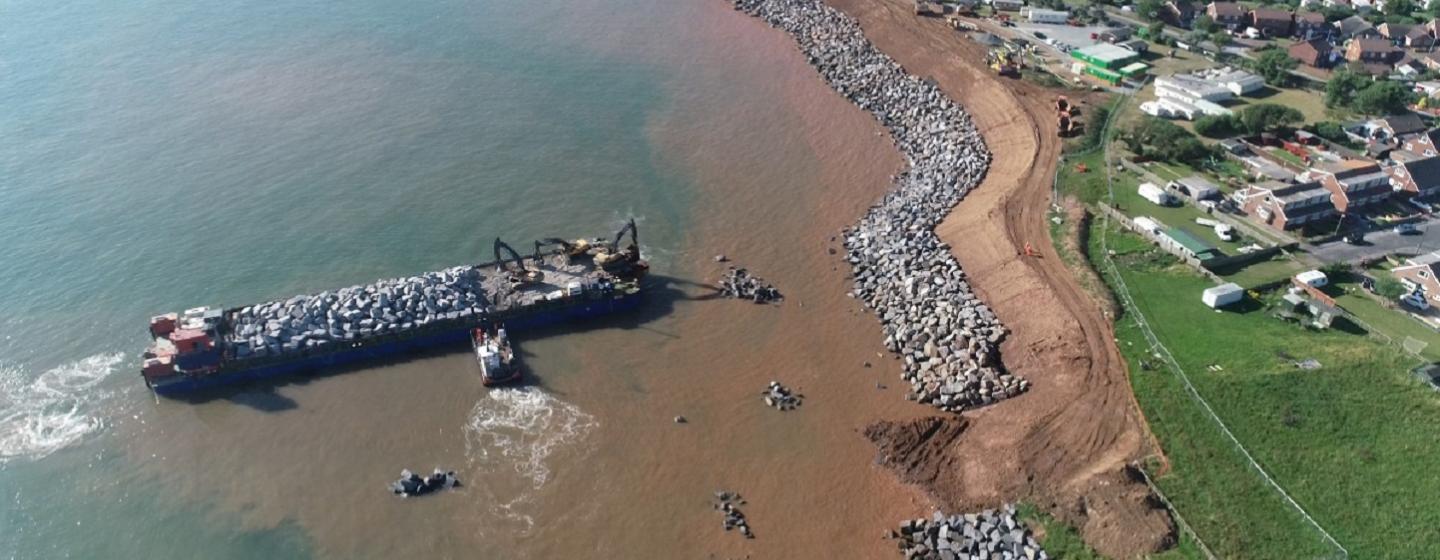
Ecological considerations
The response was led by East Riding of Yorkshire Council. After an extensive feasibility study, 336 separate model runs of different surge scenarios, return events and climate change assumptions, public consultations and exhibition events, the scheme was initially procured through YORconsult2.
Mason Clark Associates were engaged to undertake the design, which was complicated because of restricted access to the site via a narrow corridor, near residential properties - and environmental and ecologically sensitive SSSIs, SAC and Ramsar designated areas. Zero environmental impact to the Humber Estuary and low noise, vibration and dust construction methods, were required.
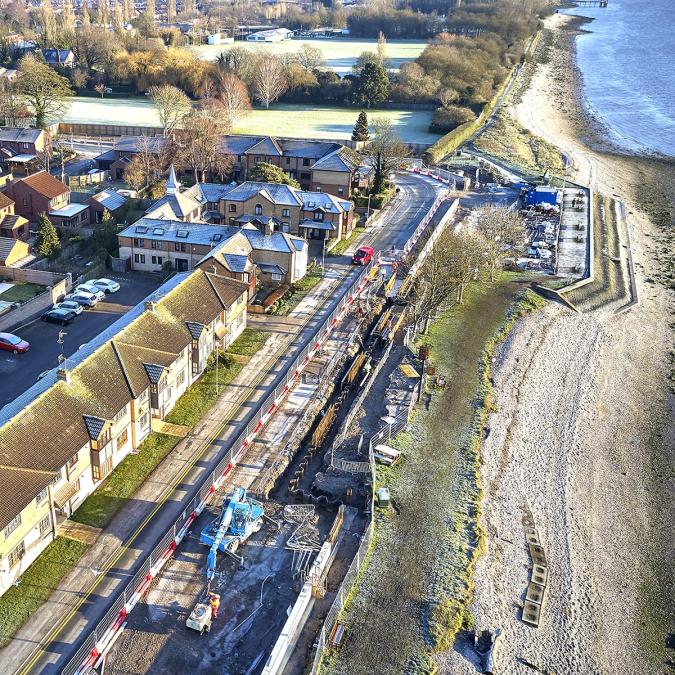
1-in-200-year protection
The construction was then procured through the YORcivil2 framework, with Tilbury Douglas Construction Limited appointed to undertake the project.
The resulting 465-metre long glass and concrete wall has a 50-year-design-life and provides 1-in-200-year standard of protection from tidal surges. The height of the defences can be increased in the future, if necessary, by replacing the glass panels.
The new wall consists of varying construction specifications, depending on the underlying rock levels found along the shoreline.

Sheet piled construction
All sections have a reinforced concrete foundation structure, with 365m being sheet piled and the rest a mass fill concrete base. Most of the wall length has glazed panels at high water level, so residents retain an uninterrupted view across the Humber. The construction included steel flood gates for both vehicles and pedestrians at a number of locations along its length. Work also involved creating a raised section of carriageway, to tie in with the concrete barrier as it passes under the iconic Humber Bridge at the western end and links the flood defences at either side of Cliff Road.
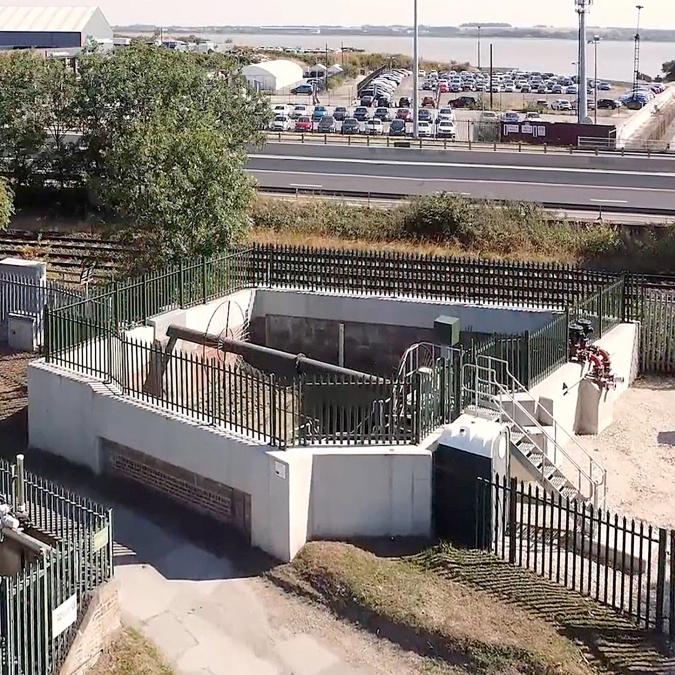
Protecting infrastructure
An effective drainage solution for major surface water has been installed to the dry side of the flood wall.
The sluice structure on the Fleet Drain further East at Hessle Clough, was also identified as not being high enough to prevent flooding from a tidal surge. To mitigate this eventuality, the existing wall was raised by one metre, reducing the risk of overtopping during a tidal surge.
The photo opposite shows the sluice and its proximity to the railway line and A63 highway into Hull.

Funding
The Hessle Foreshore Tidal Defence Scheme is jointly funded with grants administered by the Environment Agency with £6.75m from the Flood Defence Grant in Aid (FGDiA) and the Ministry of Housing Communities and Local government with £2.3m European Regional Development Fund (ERDF)
This project has also been supported with £2m of funding from the Humber LEP’s Local Growth Fund programme which has been secured through its Growth Deals with government and is part of the government’s commitment to the Northern Powerhouse.
Photo - one of the steel floodgates

A National Award winner
The scheme has attracted praise from the public, its funders, local councillors and construction industry bodies. It won Civils Project of the Year at the Constructing Excellence National Awards, was a finalist in the ICEY&H Centenary Award and shortlisted for BCI awards Environmental Project of the Year. It has also been shortlisted in the RICS awards 2022.
The project's sustainability credentials were also evident, having achieved a CEEQUAL Sustainability Performance Rating of ‘Excellent’.
Photo: the project team celebrate winning the Constructing Excellence Civils Project of the Year 2022.

YORhub framework success
The YORhub frameworks utilised NEC contracts to successfully deliver the Hessle Foreshore project. East Riding of Yorkshire project manager, Andrew Cooper said, "NEC works well for us. Many of our team are Accredited NEC3 and NEC4 ECC Project Managers. NEC3 was used for this scheme as it is the current standard for YORhub frameworks, but we will be moving to NEC4 when the next frameworks are launched."
Professional ethical standards were embedded in the project governance, overseen by RICS & ICE members and other professional bodies. Representatives from the scheme investors, key suppliers and key advisors were integrated in the single project delivery team who took ownership to create a culture of trust, integrity and professionalism at all levels and stages of the project


